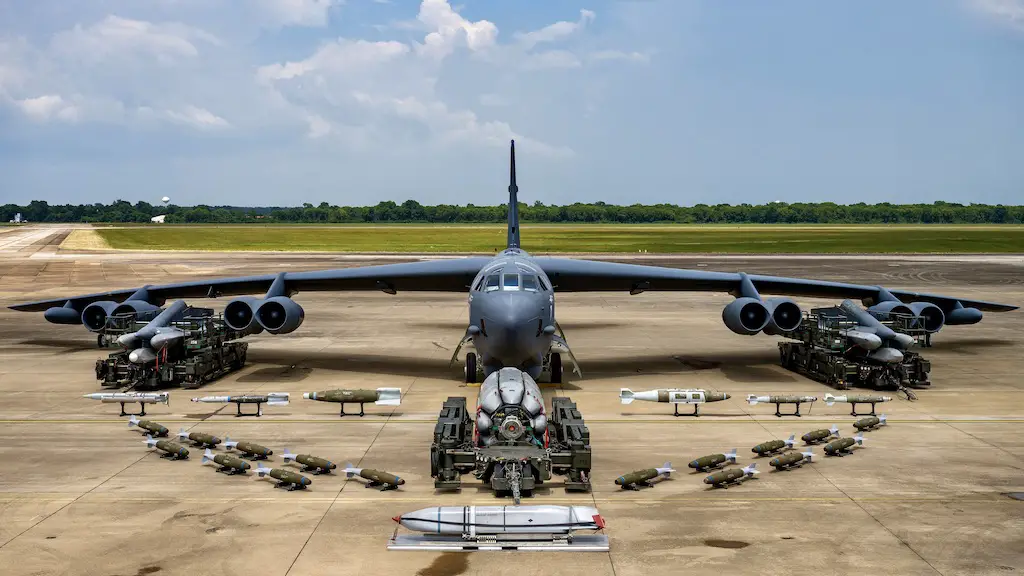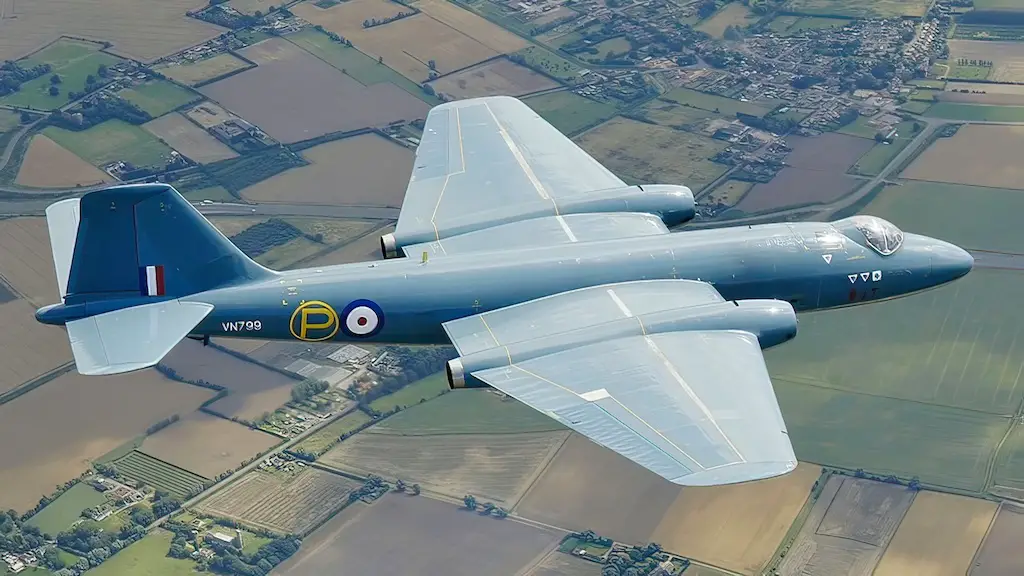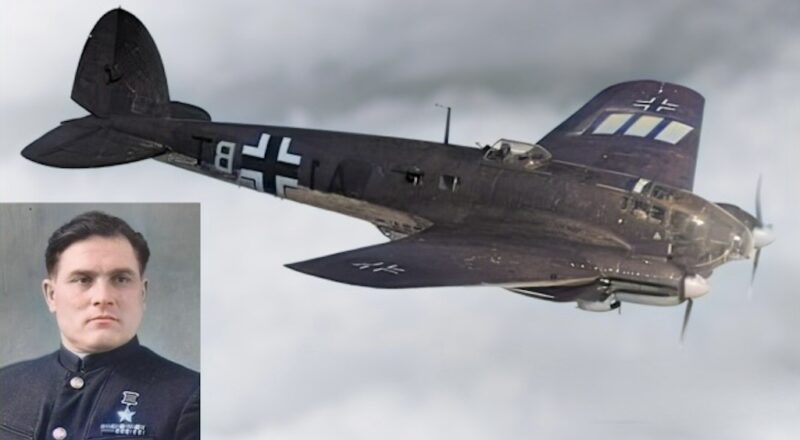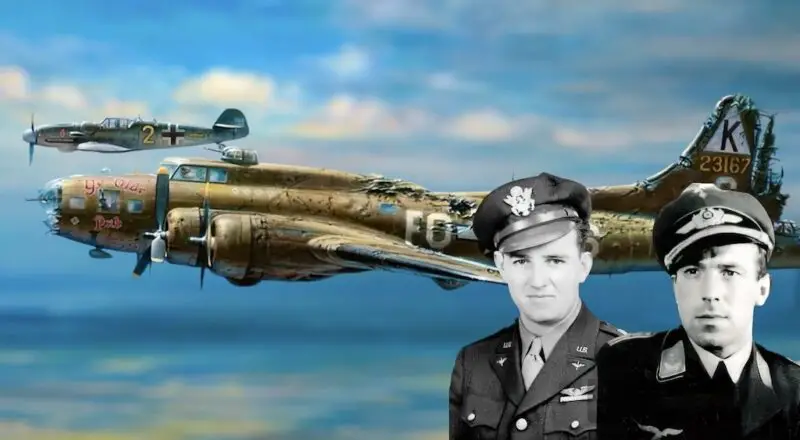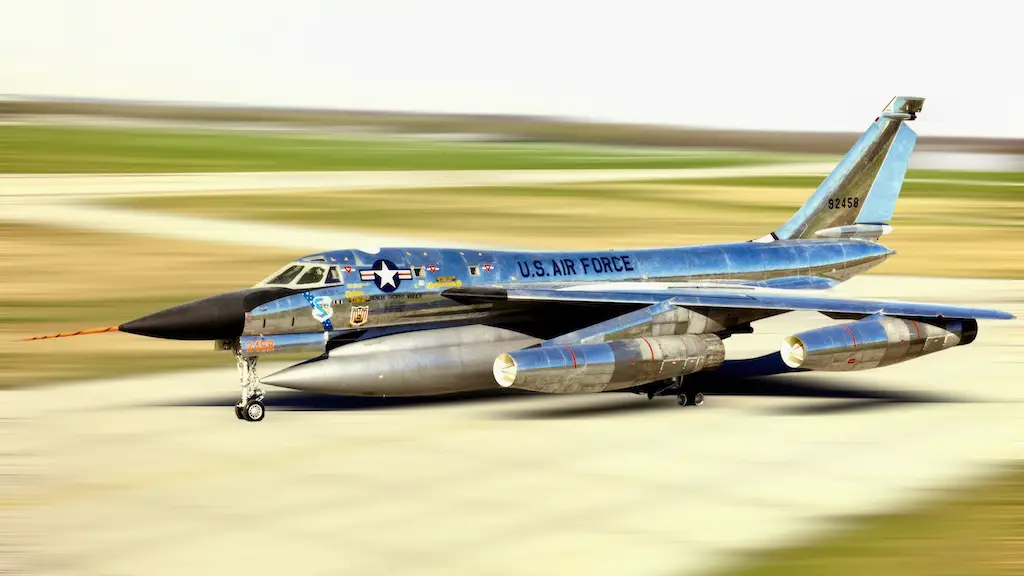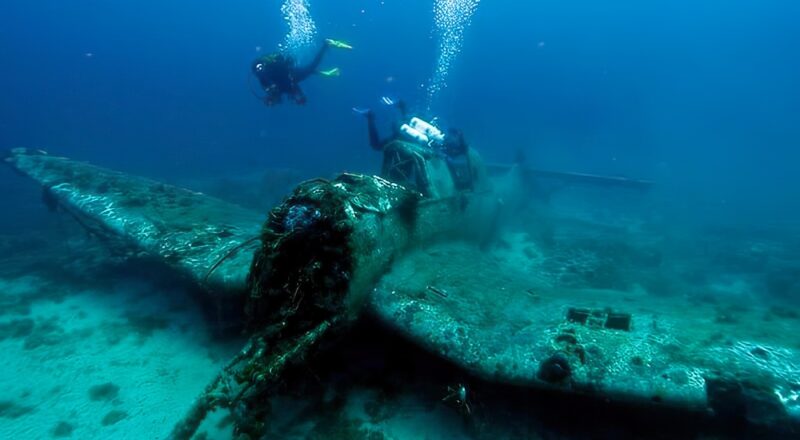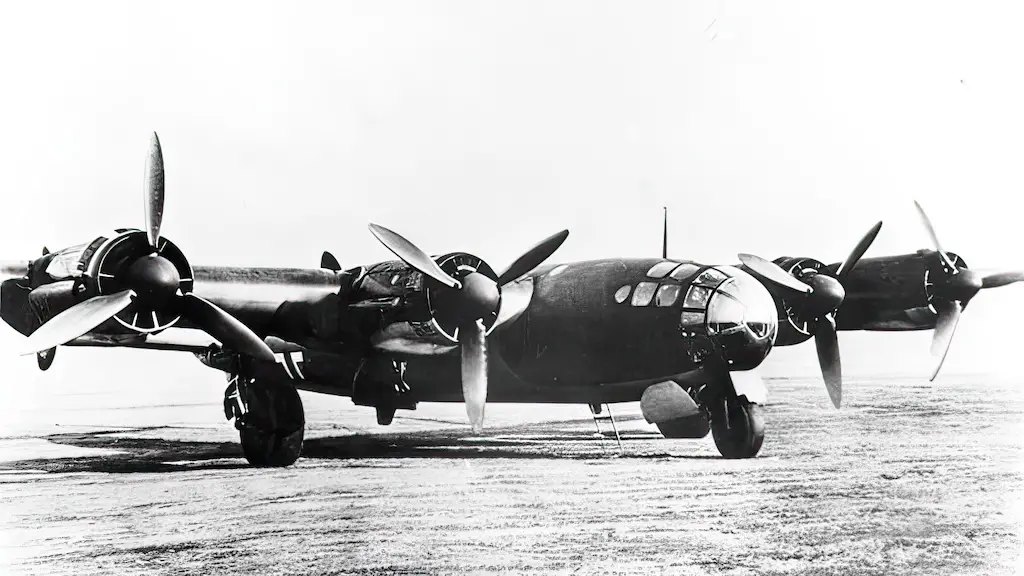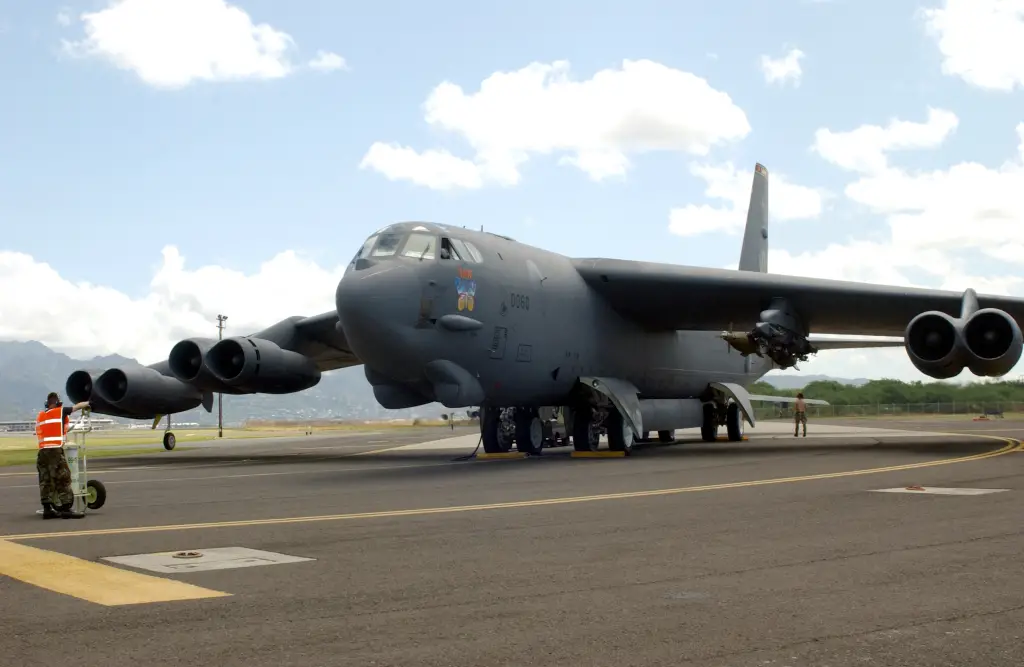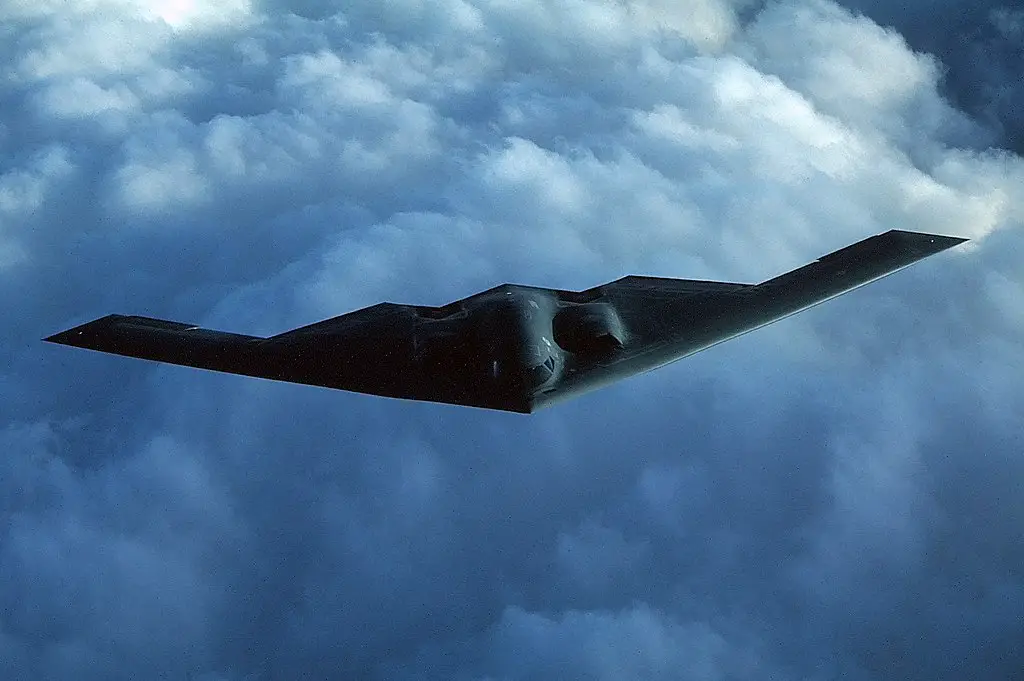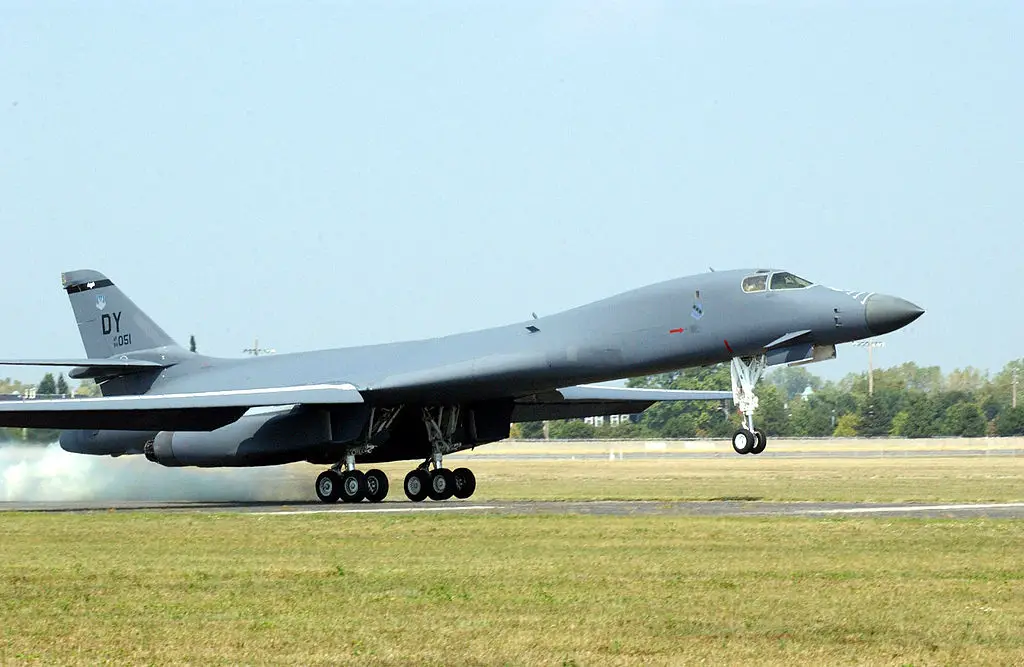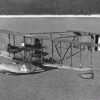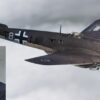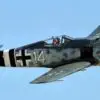The ageless B-52
The B-52 Stratofortress, which first flew in 1952 entered service with the United States Air Force in 1955. It’s one of the oldest aircraft still in operational service today. In perspective, it is older than the Beatles, the first personal computer, and everyone who maintains and flies it.
Compared to other antiques, the B-52 is right up there with the classics. It predates the first commercial jetliner, the Boeing 707, which flew in 1957. It is older than Sputnik, the first satellite launched by the Soviet Union in 1957. As an added bonus, it is even older than the 1955 opening of Disneyland. With the most recent engine upgrades, the aircraft will serve past its century mark well into the 2050s. This is a testimony to how dependable and durable this old bird is.
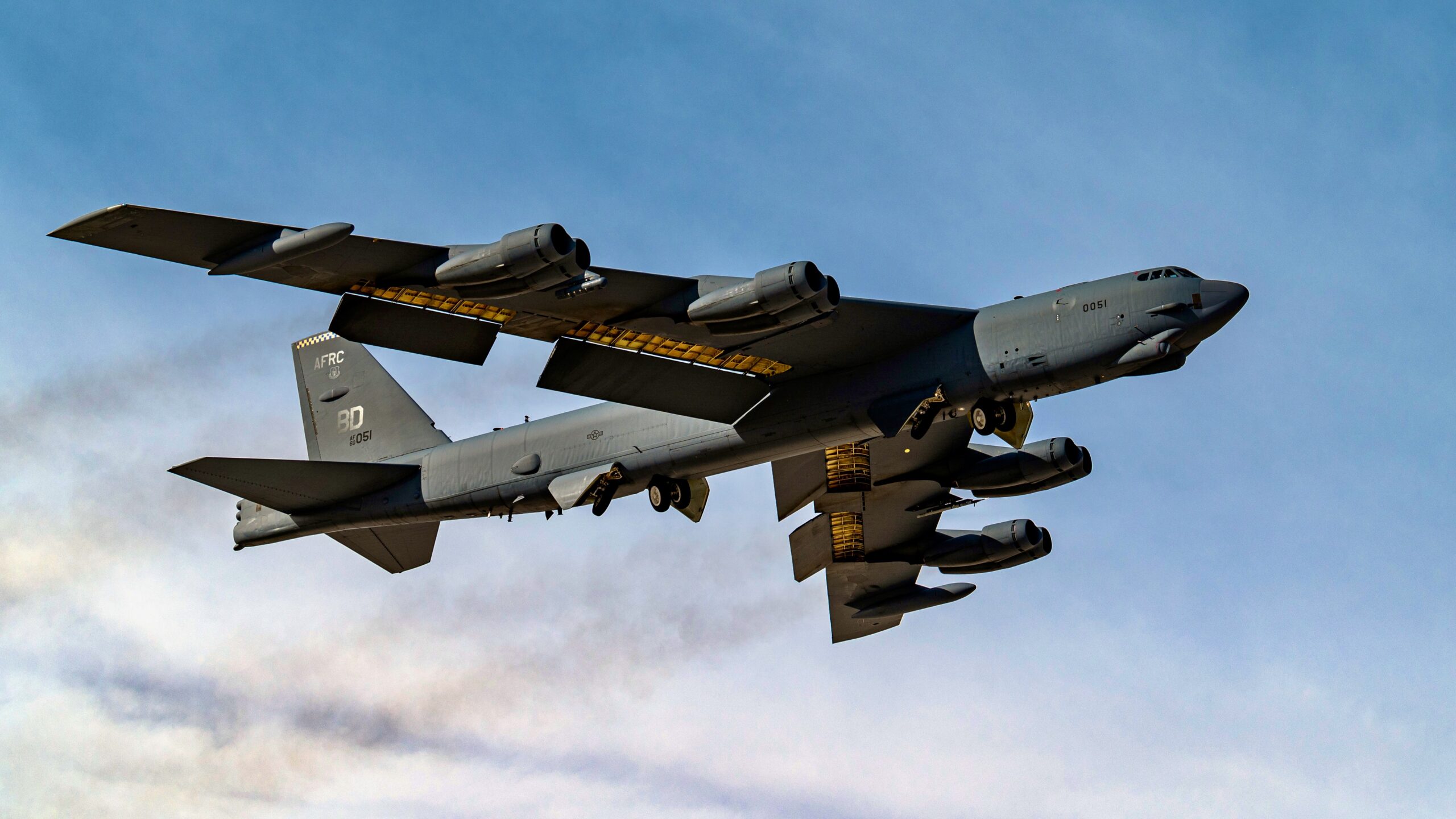
In the early 1950s, the United States Air Force designed the B-52 Stratofortress as a long-range, heavy bomber. During the Cold War, the aircraft was designed to carry nuclear weapons and deter potential aggressors. In 1948, Boeing was awarded the contract to manufacture the B-52, for which it developed the initial design. The YB-52, the first B-52 prototype, made its maiden flight in 1952. The aircraft featured eight turbojet engines, a wing span of 185 feet, and a maximum takeoff weight of 490,000 pounds.
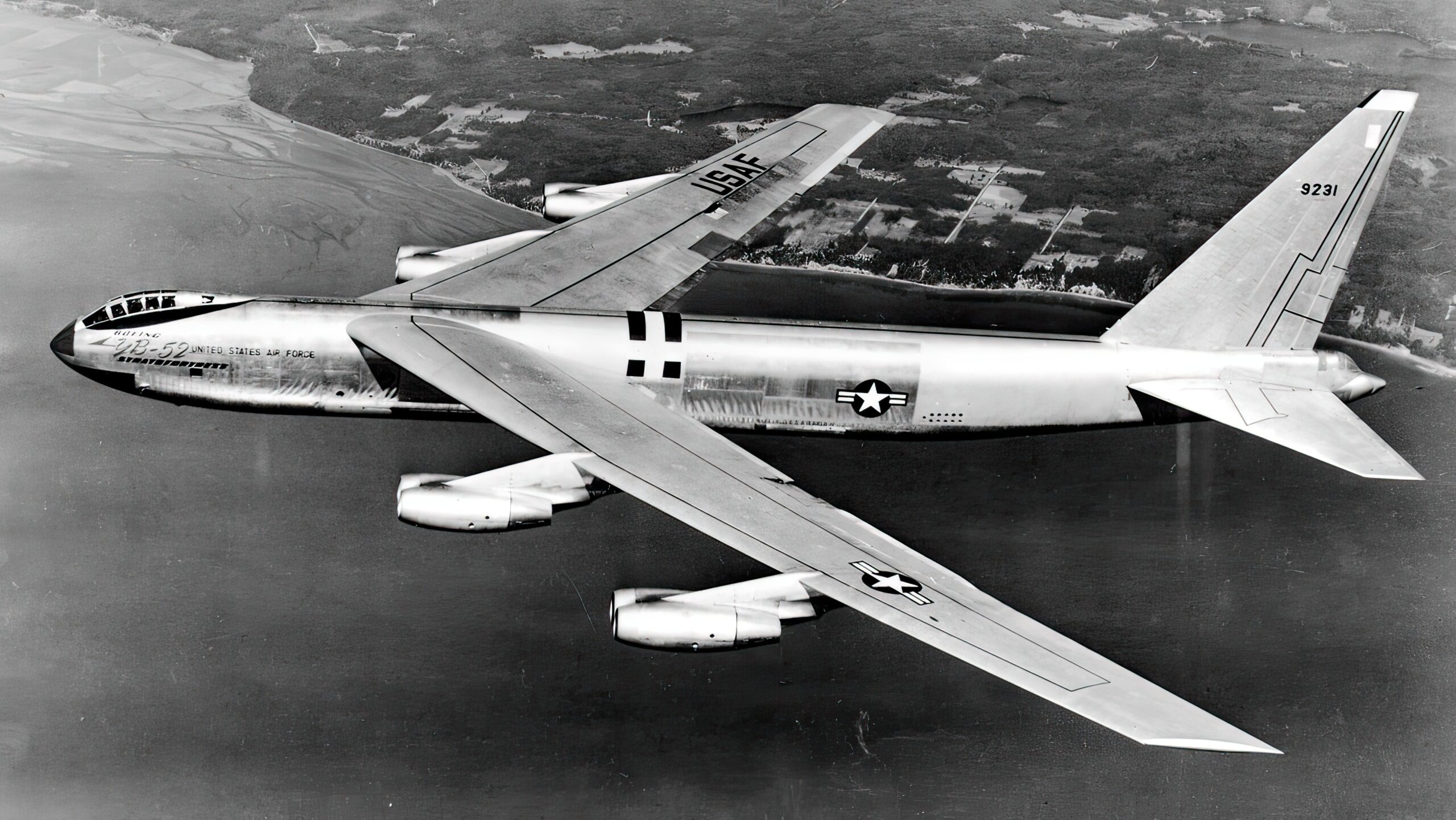
How is this early Cold War-era bomber still in service?
The Stratofortress still has its place in the U.S. bombing force because it is still capable of several missions at a more reasonable and sustainable price compared to the B-2, B-21, and B-1. In addition, while the aircraft’s looks haven’t changed much, it still underwent radical upgrades to its avionics, engines, and weapon systems, which have kept it relevant and effective in modern warfare.
Compared to the other modern U.S. bombers, the B-52 is fairly straightforward, and its advantages are dumb simple. It can carry big payloads and has a very long range. The cost of developing a new airframe that would have similar capabilities would be too high, and the B-52 gets the job done just fine. And you know what they say “don’t fix what’s not broken.”
Nuclear accidents
As part of Operation Chrome Dome, nuclear-armed B-52 Stratofortress bombers were kept on constant airborne watch by the US Air Force during the Cold War. Beginning in 1961 and lasting for more than ten years, at least one B-52 was in the air continuously, seven days a week. A strategic nuclear deterrent against possible Soviet aggression was to be provided as part of the mission.
The B-52 was the perfect aircraft for the job because of its extended range and ability to transport large amounts of fuel and weapons. The crews of the aircraft would be prepared to use their nuclear weapons at any time while they constantly flew and refueled as required in the air. The operation was essential to the US nuclear plan during the Cold War.
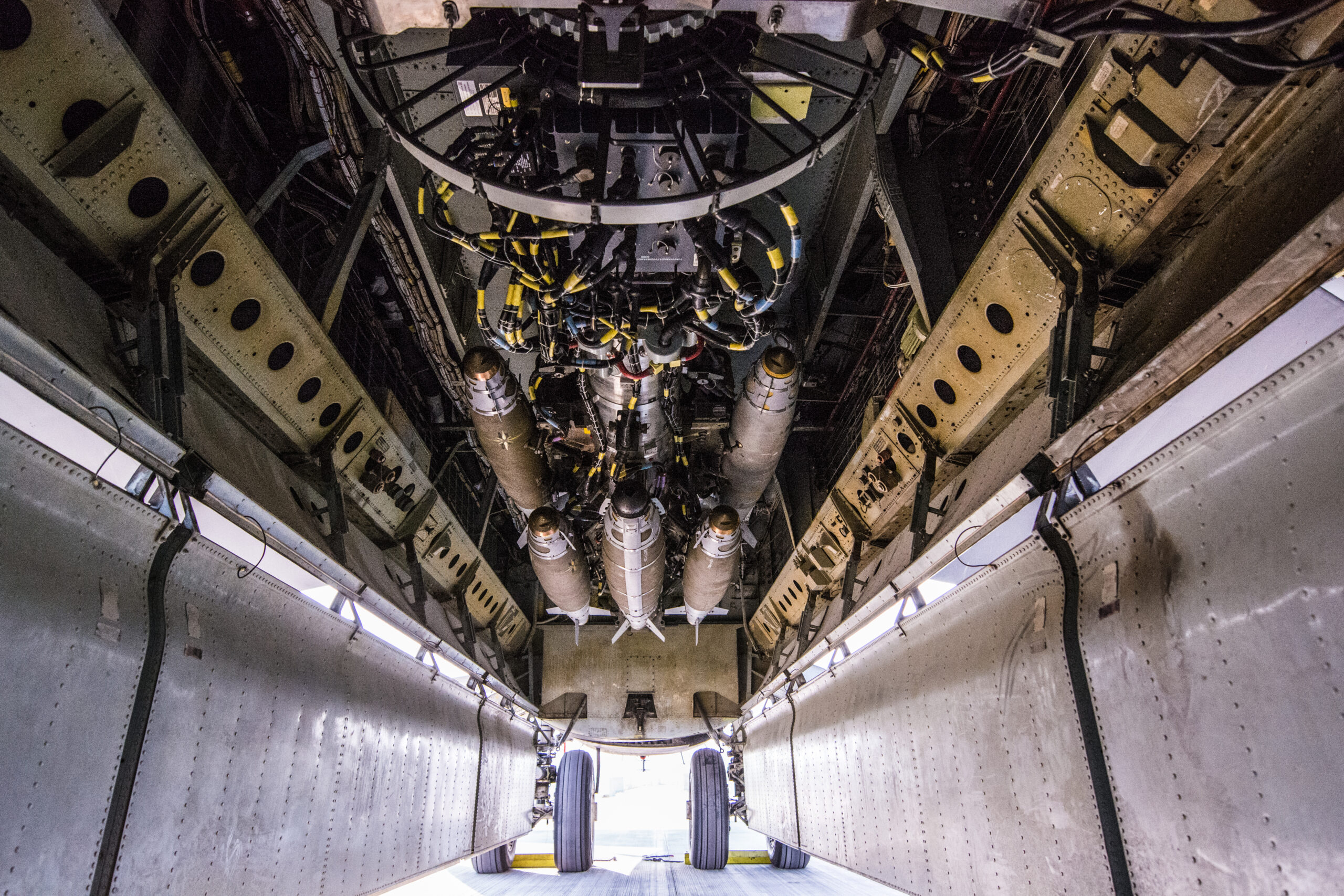
In 1972, Operation Chrome Dome ended after a B-52 crashed in Greenland and scattered radioactive debris over a wide region. The event caused uncertainty regarding the mission’s safety and potential mishaps, and the project was eventually abandoned.
In 1966, over the Spanish city of Palomares, a B-52 bomber carrying four hydrogen weapons collided with a refueling tanker, resulting in another well-known incident involving the aircraft. The impact caused the bombs to fall off the B-52 and strike the surrounding countryside, resulting in a massive search and recovery effort. The B-52 crew managed to evacuate safely despite the gravity of the situation, and the bombs did not detonate.
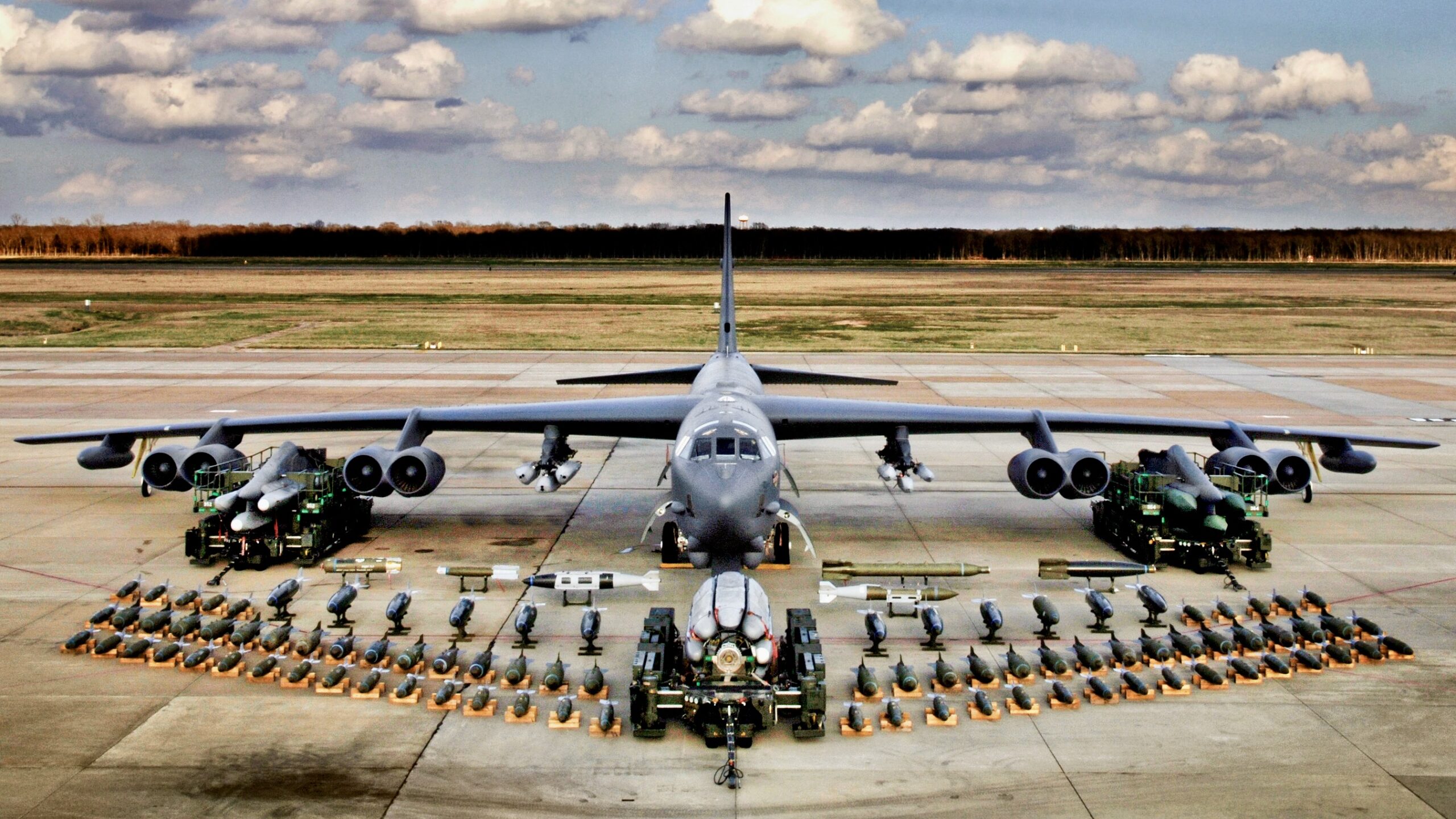
Another close call
1971’s “Giant Voice” incident may be the most well-known B-52 story from the Cold War. During a routine training exercise, a B-52 crew received a radio message announcing an impending nuclear assault. Assuming the message was genuine, the personnel prepared to launch their nuclear weapons. After several fraught minutes, they realized the message was an error caused by a communication system malfunction.
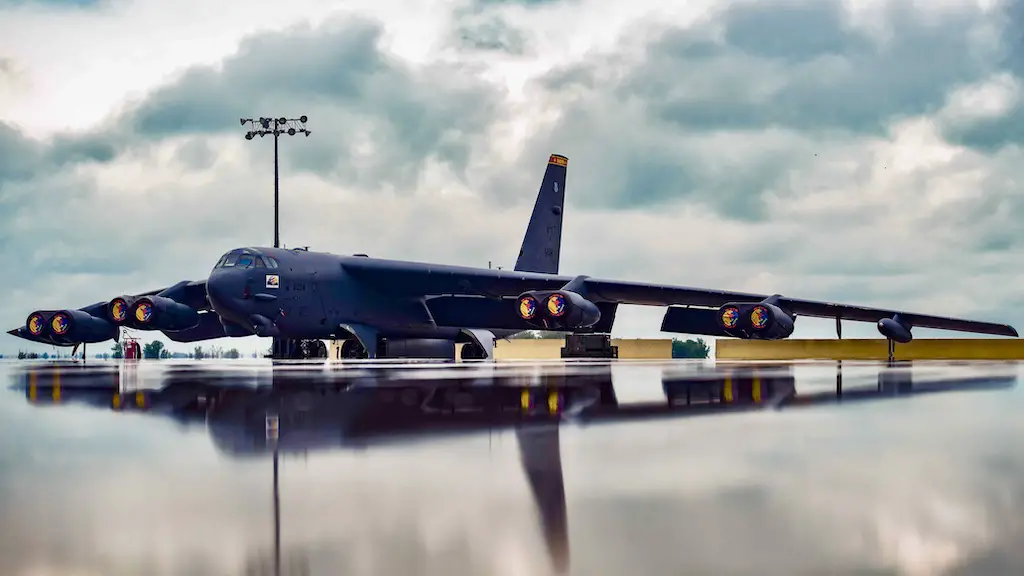
Despite its impressive operational lifespan, the B-52’s history is not without its challenges, and the aircraft has been involved in several nuclear accidents that could have resulted in disaster. The bomber remains in service and has been enhanced to meet the demands of modern warfare despite these near misses. The B-52 will likely continue to play a vital role in the future of the United States Air Force and the nation’s strategic defense capabilities as a result of ongoing technological advancements.

